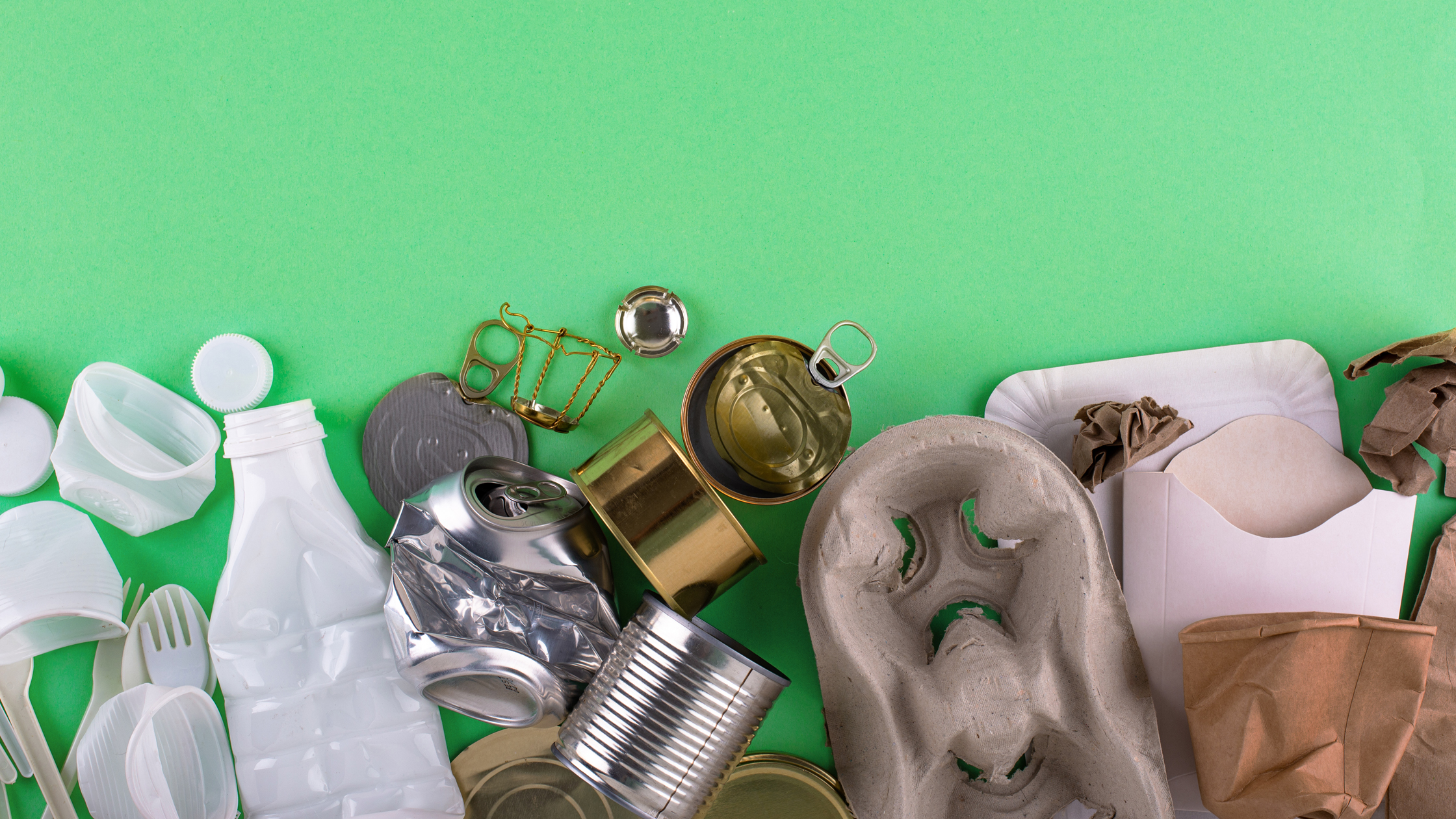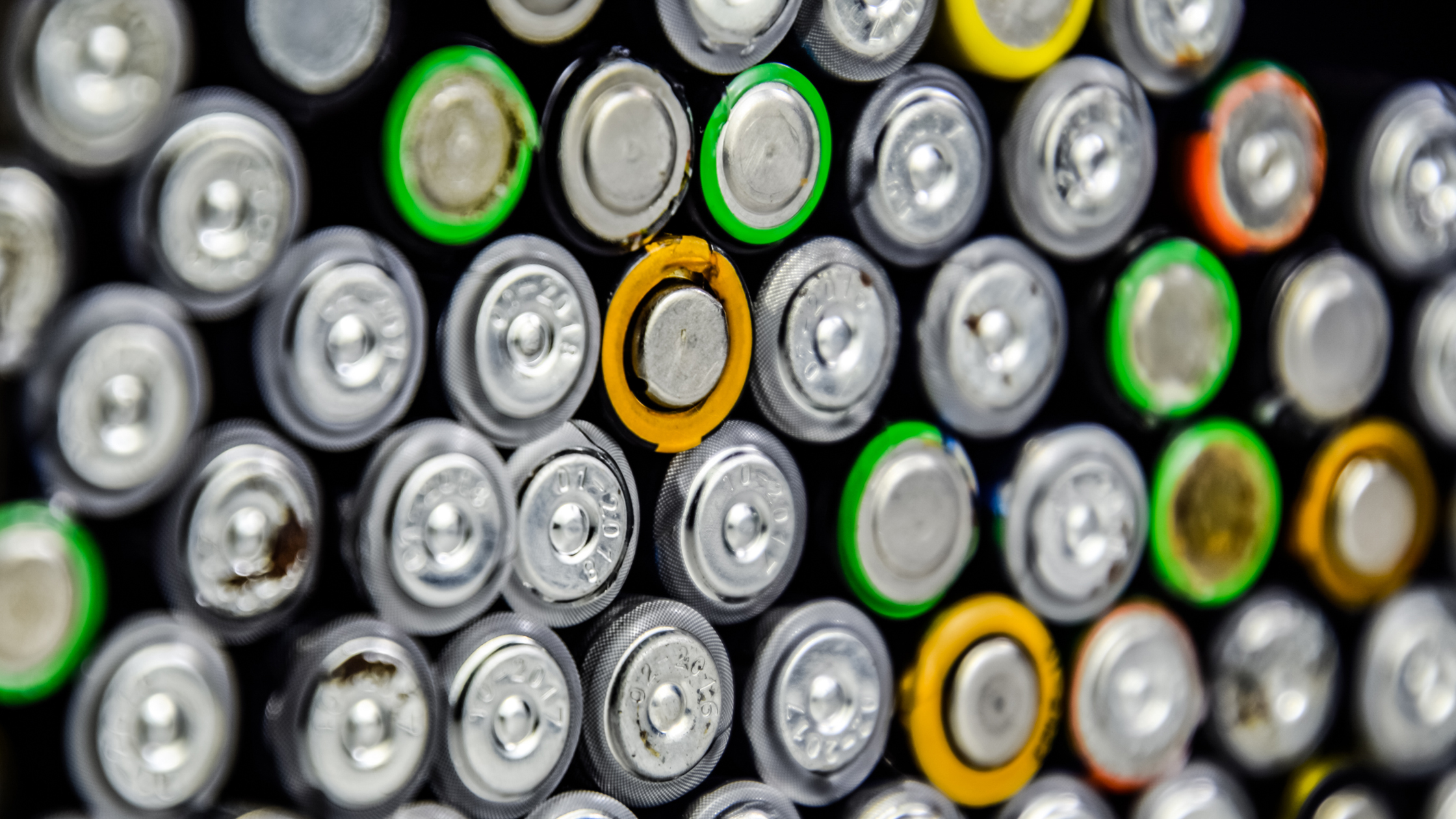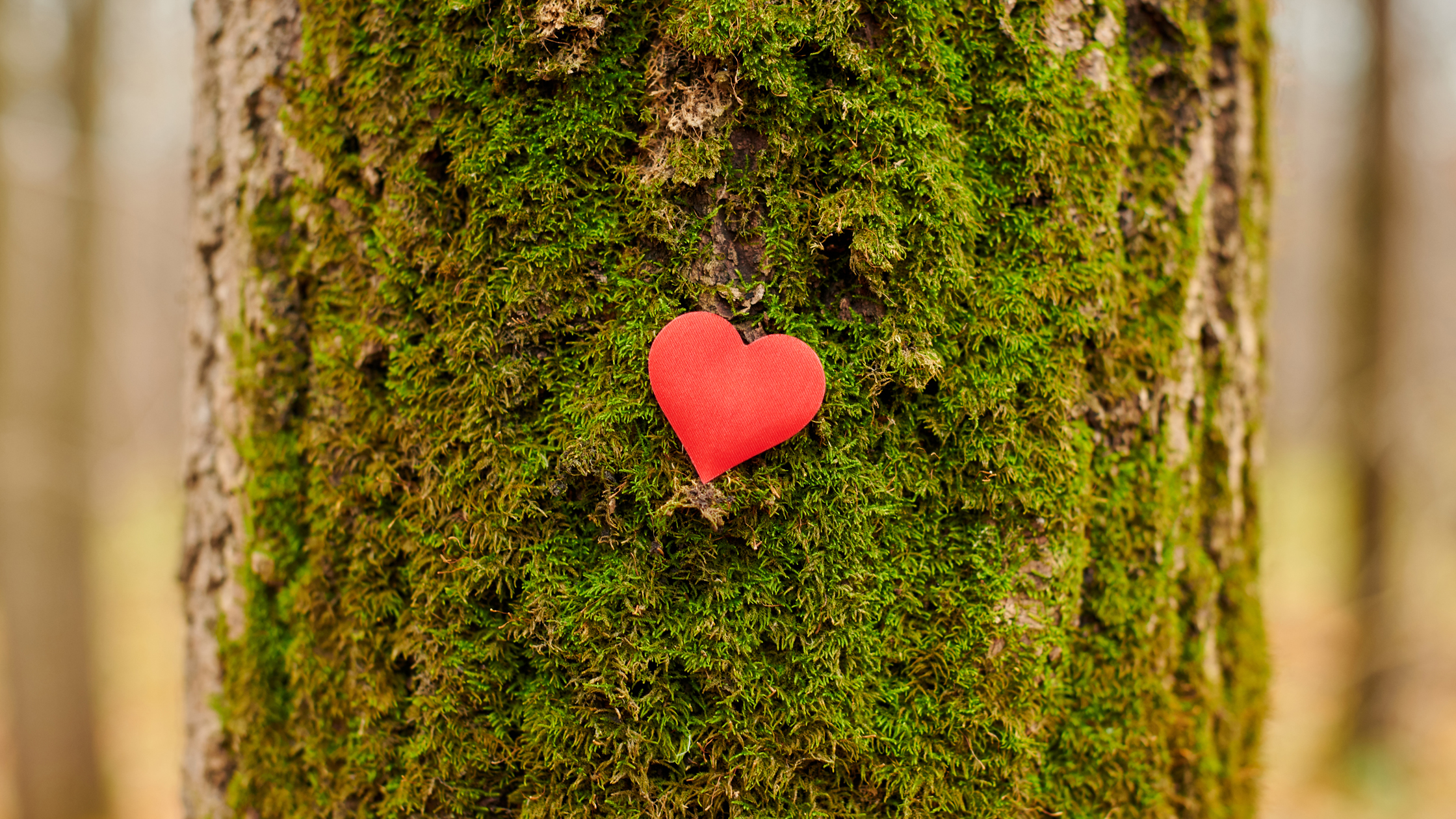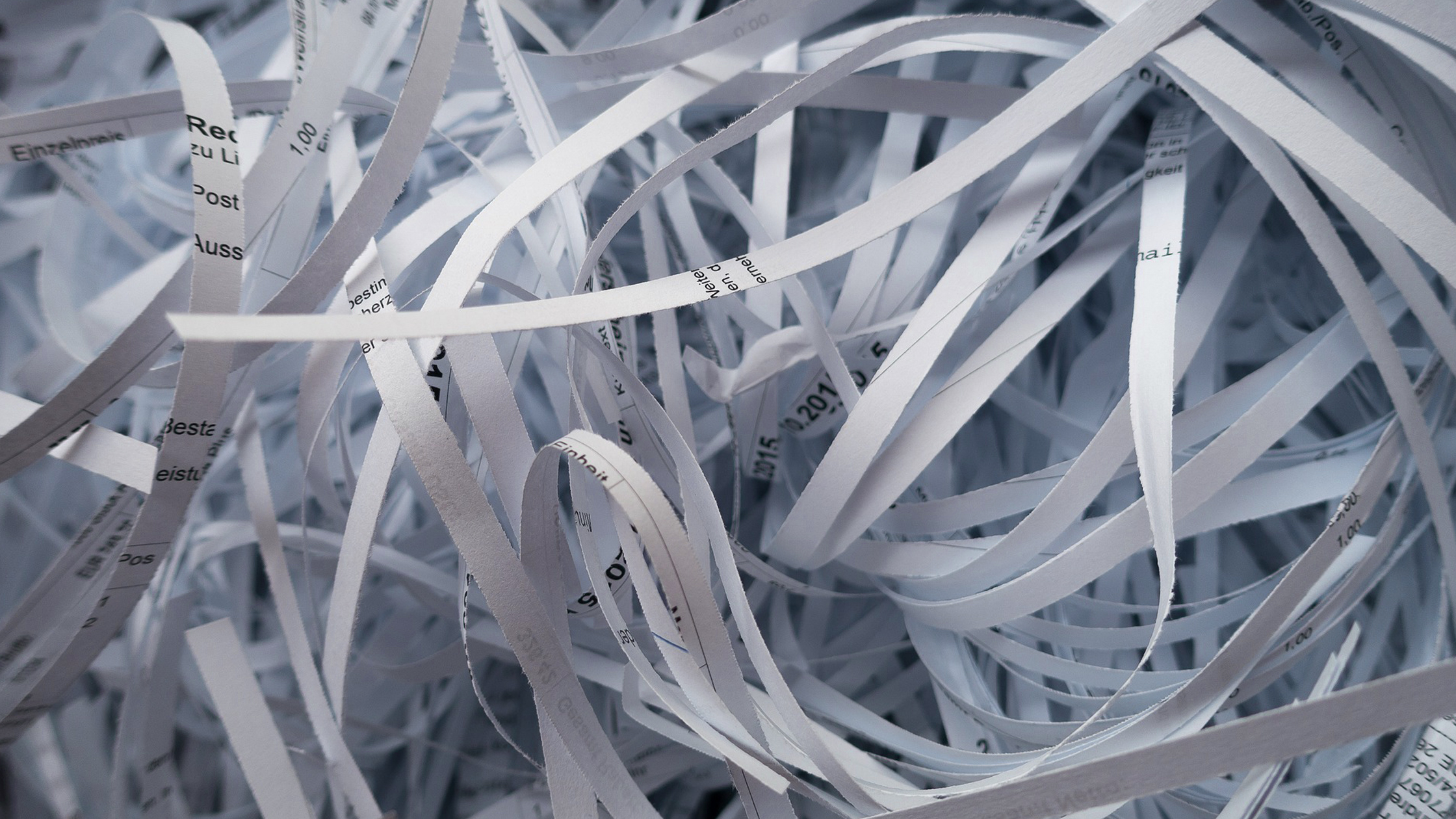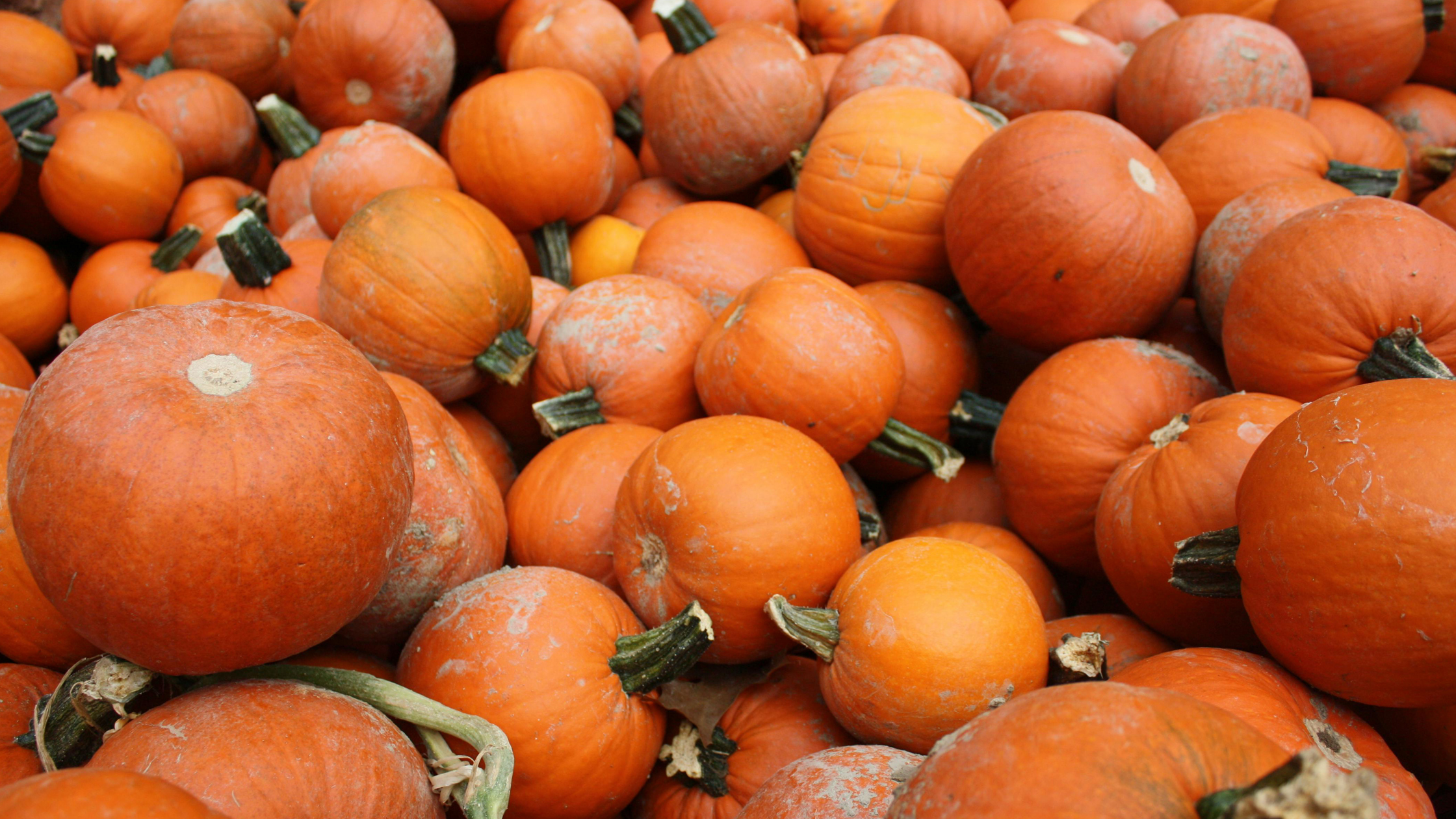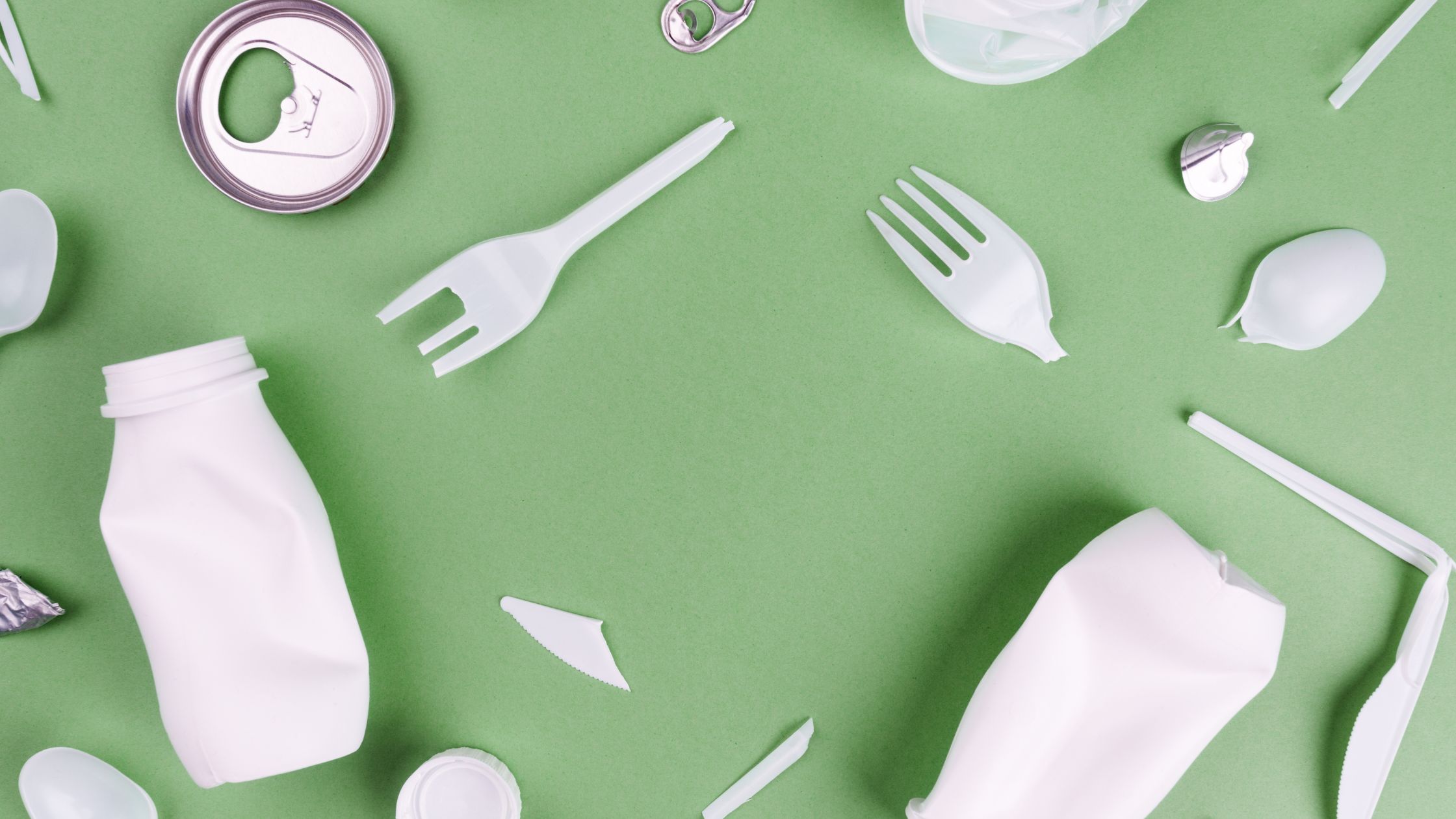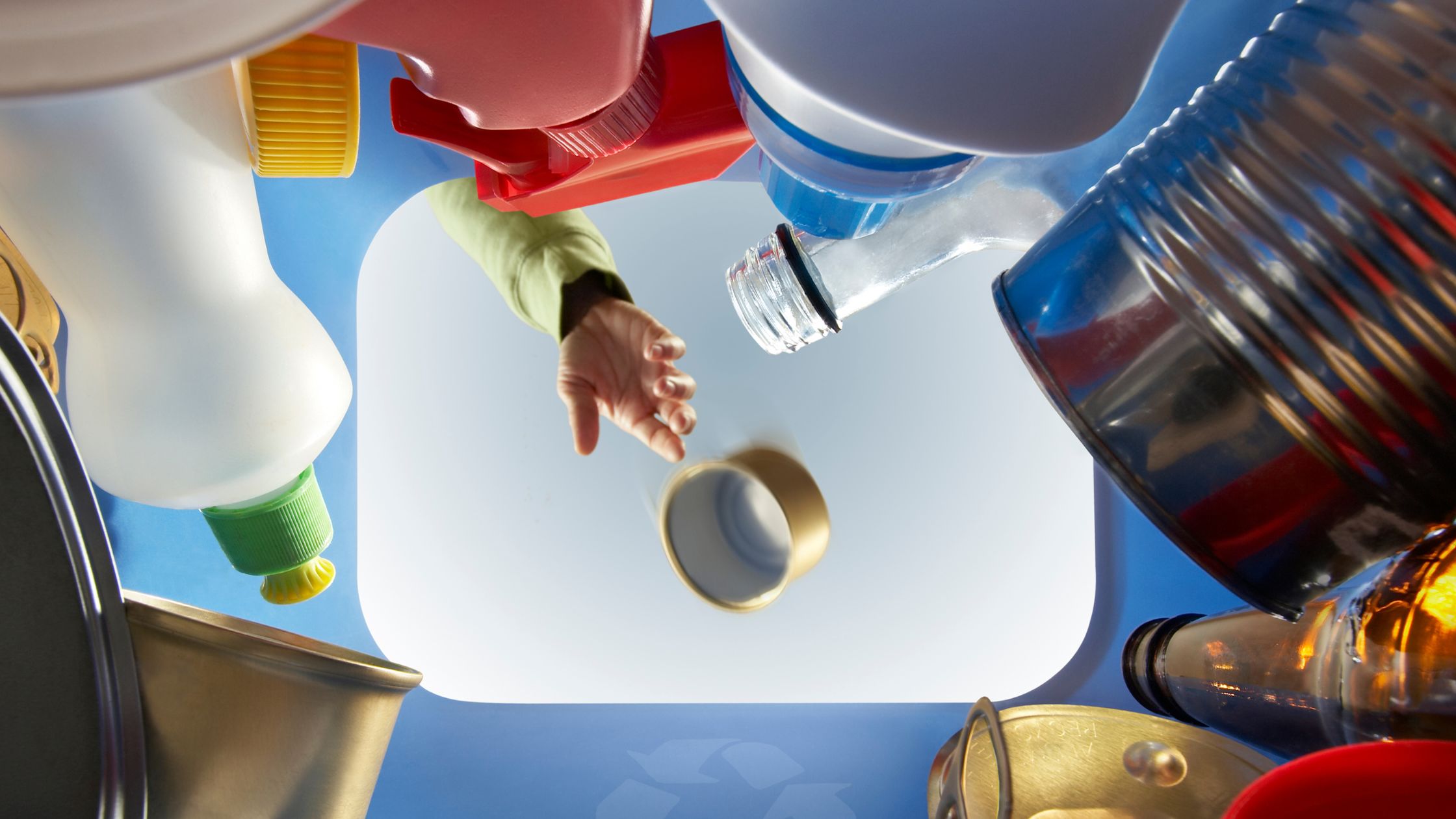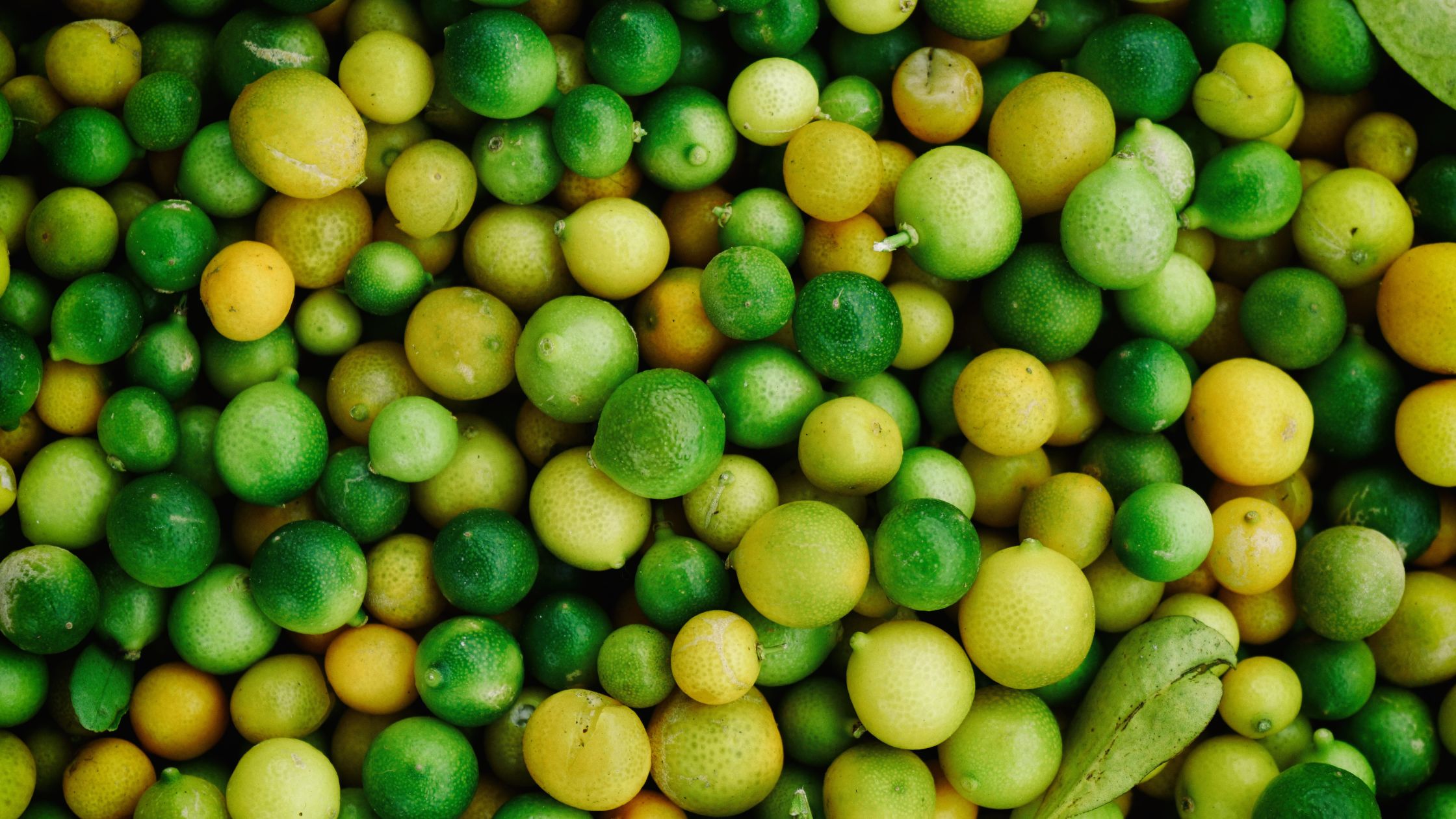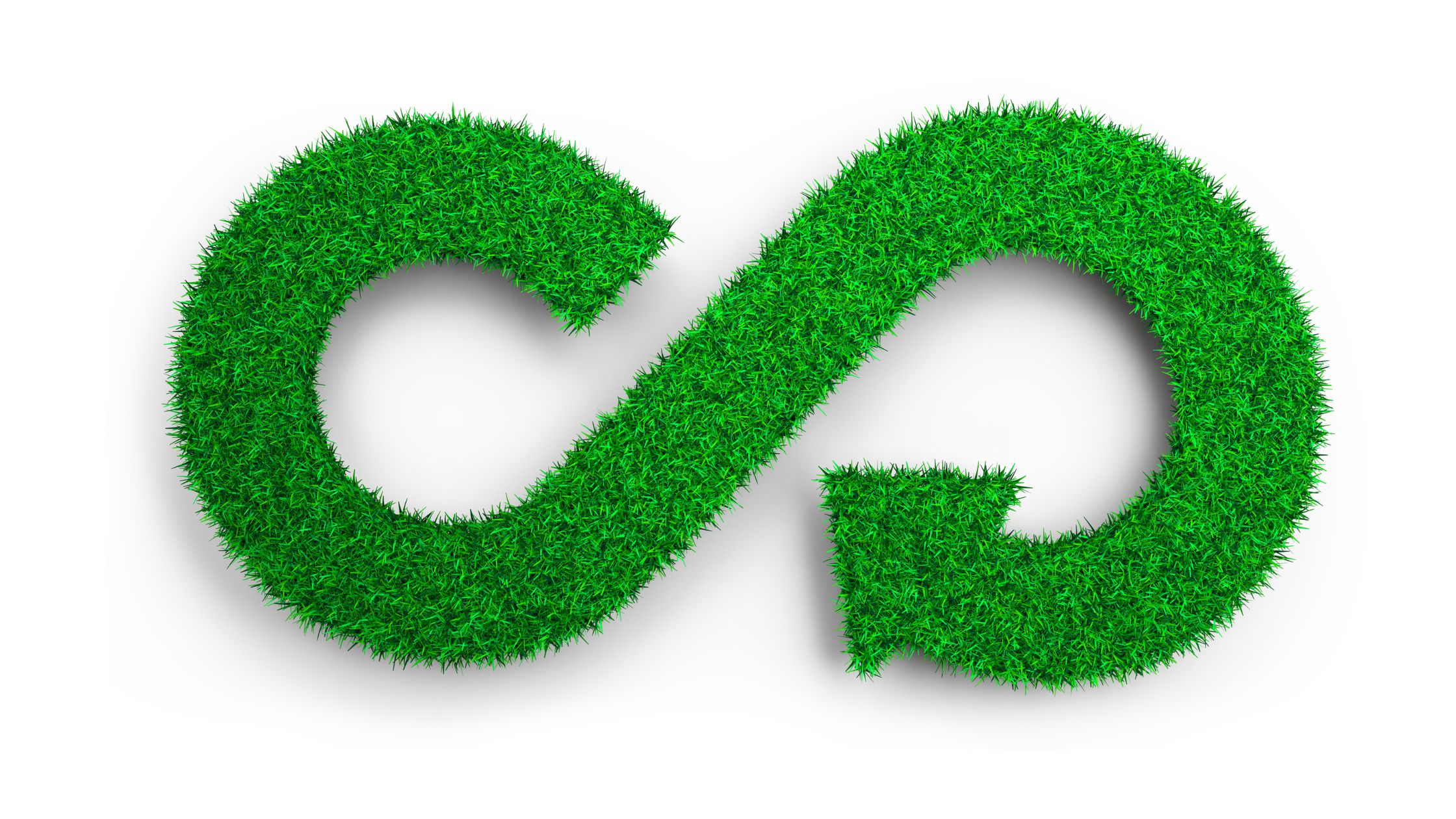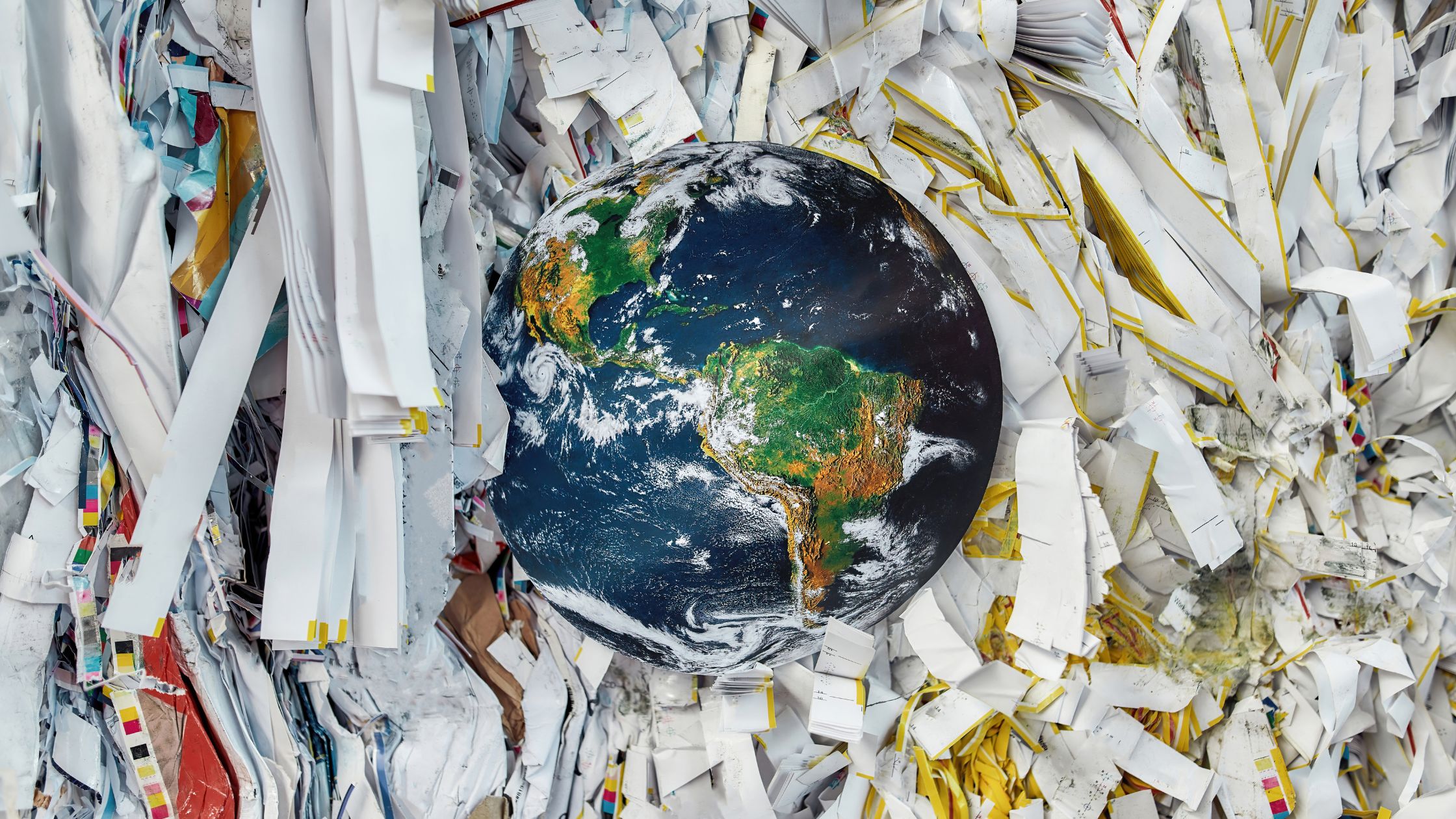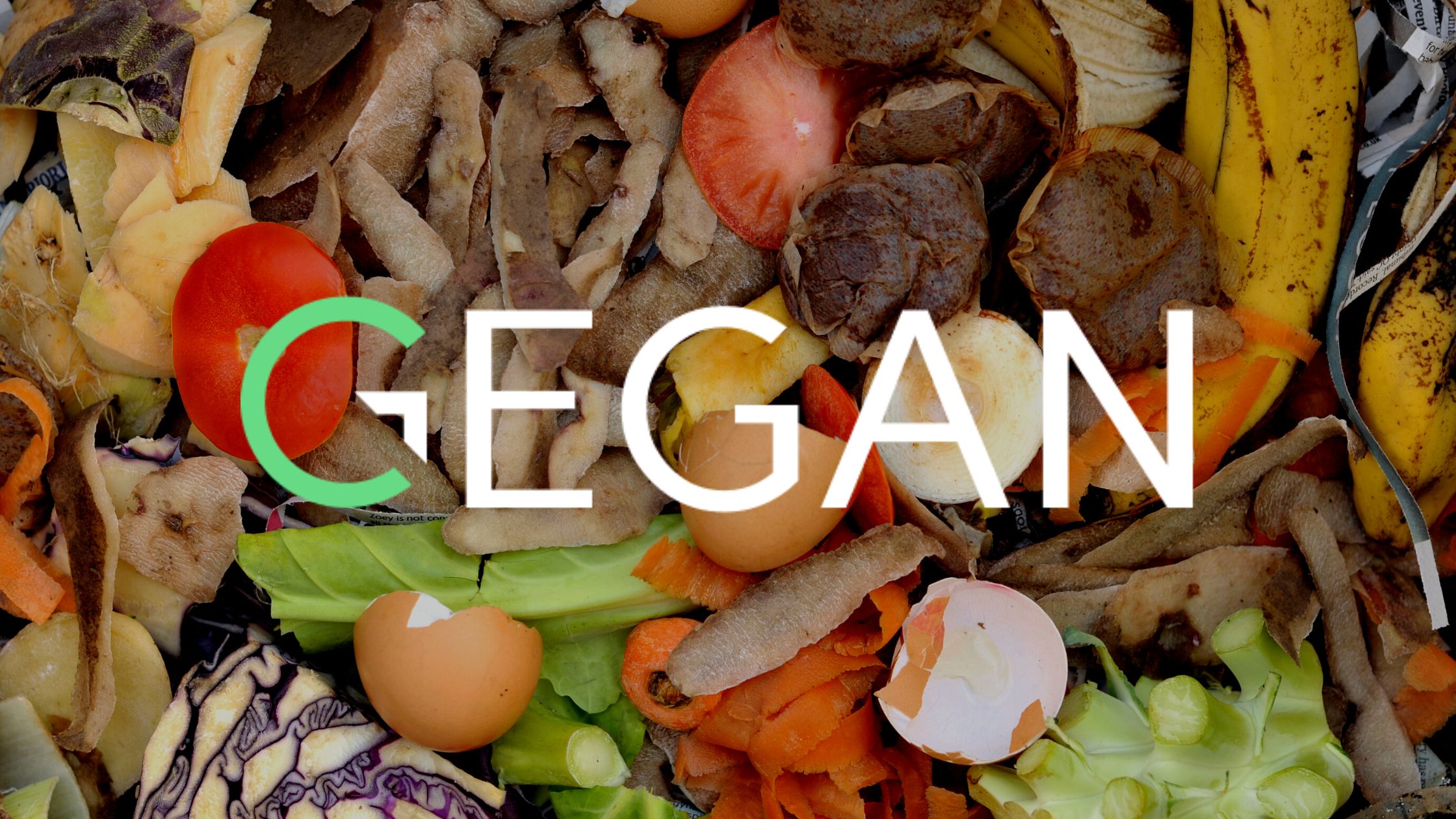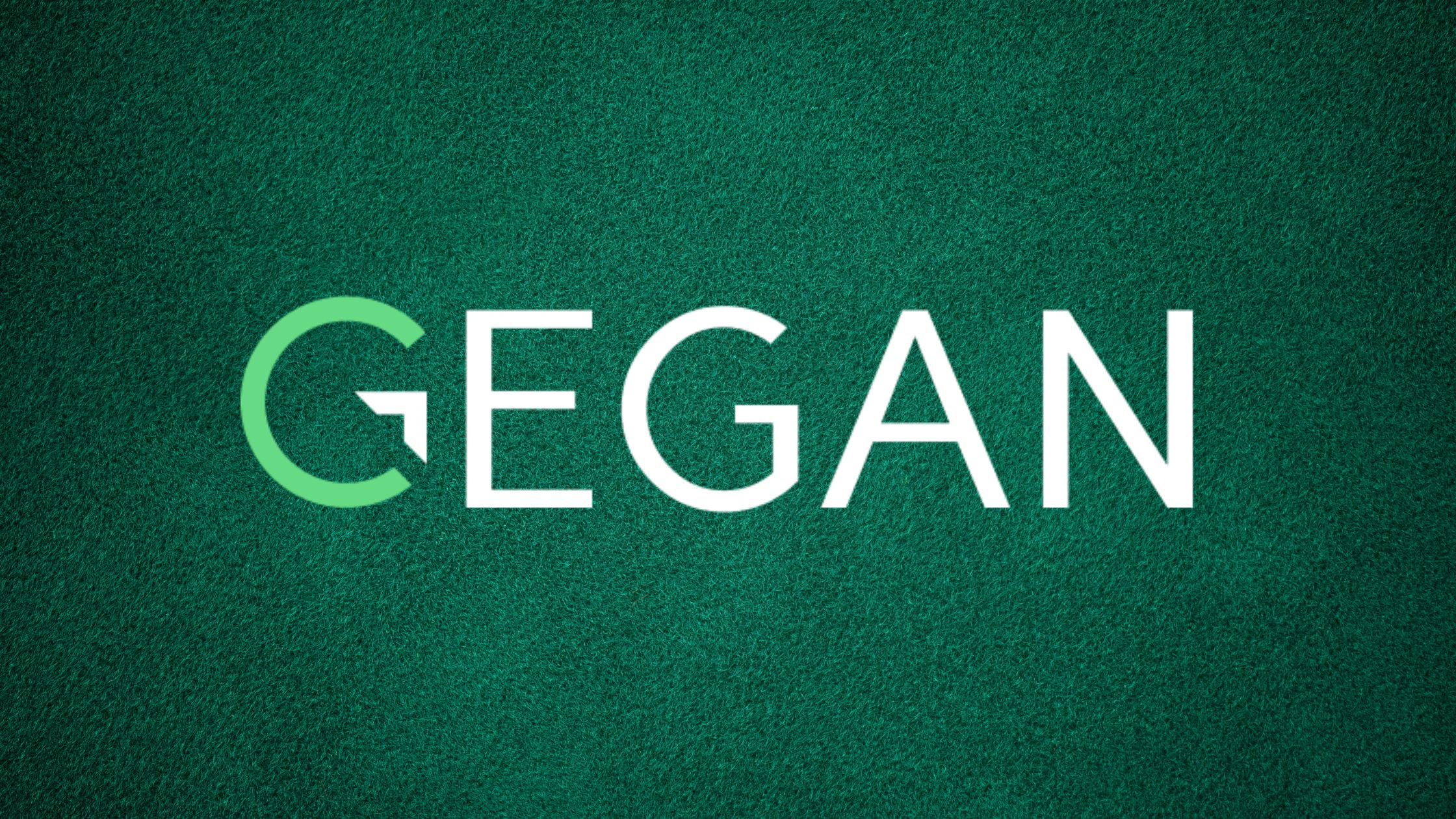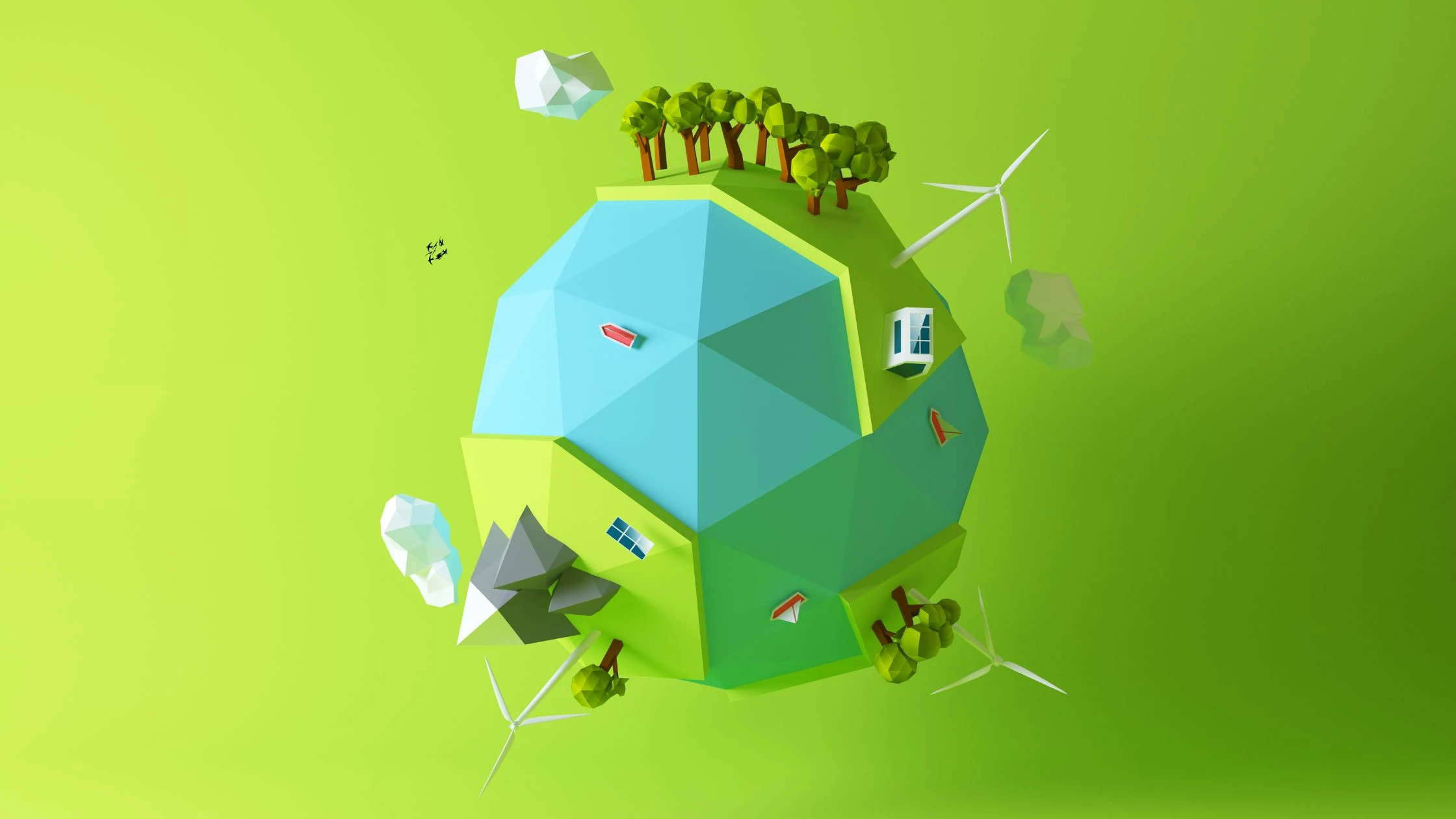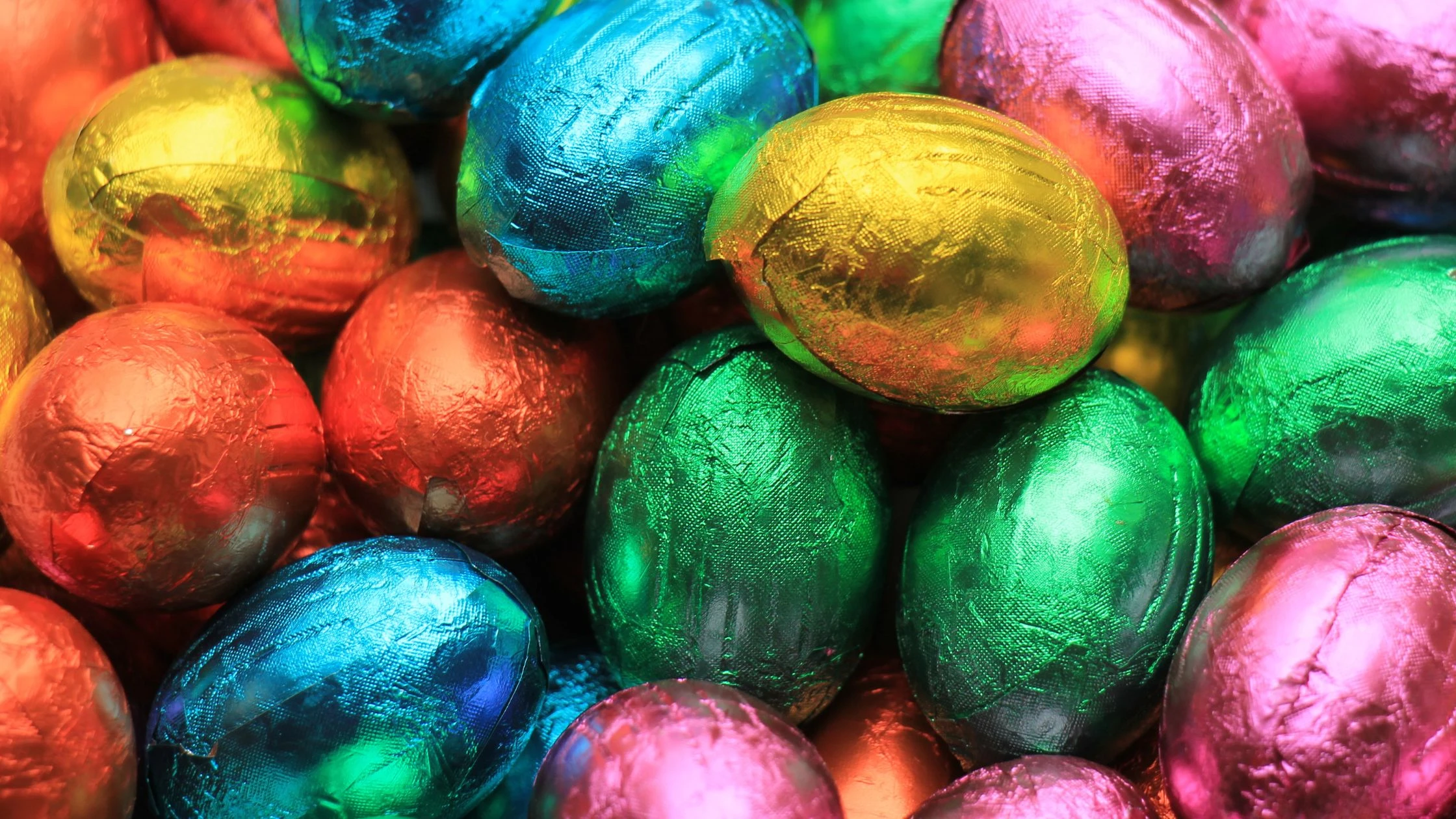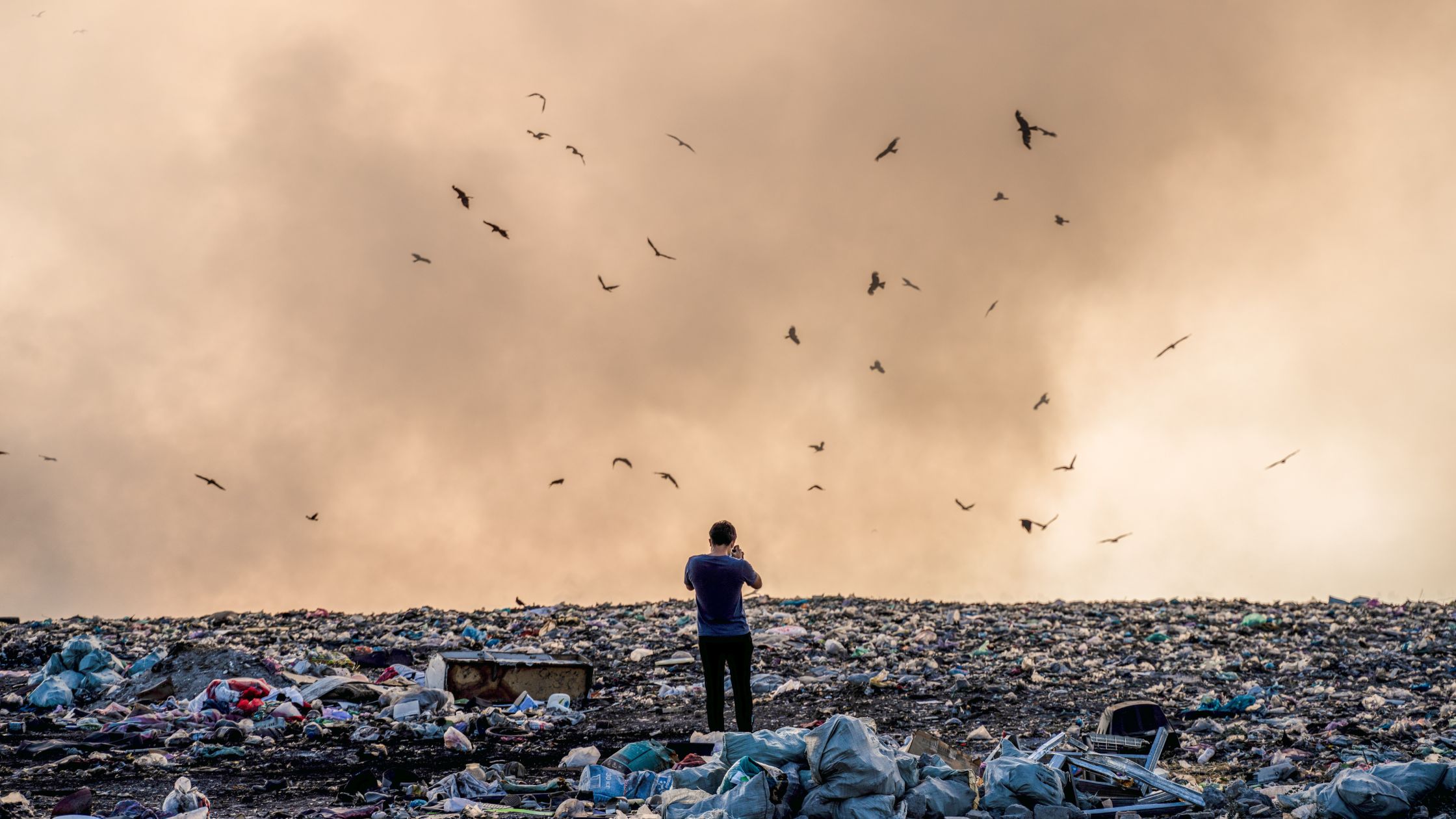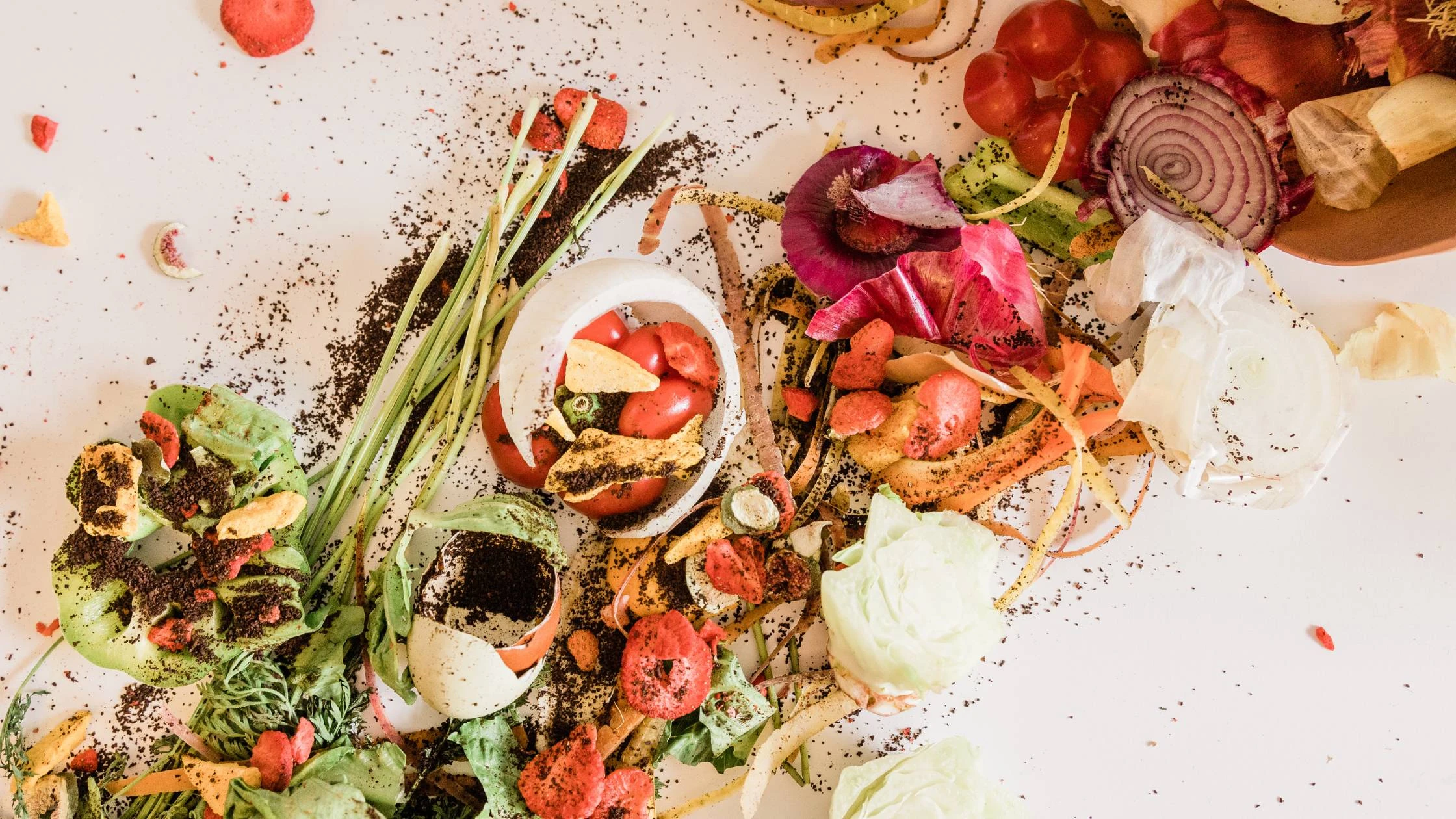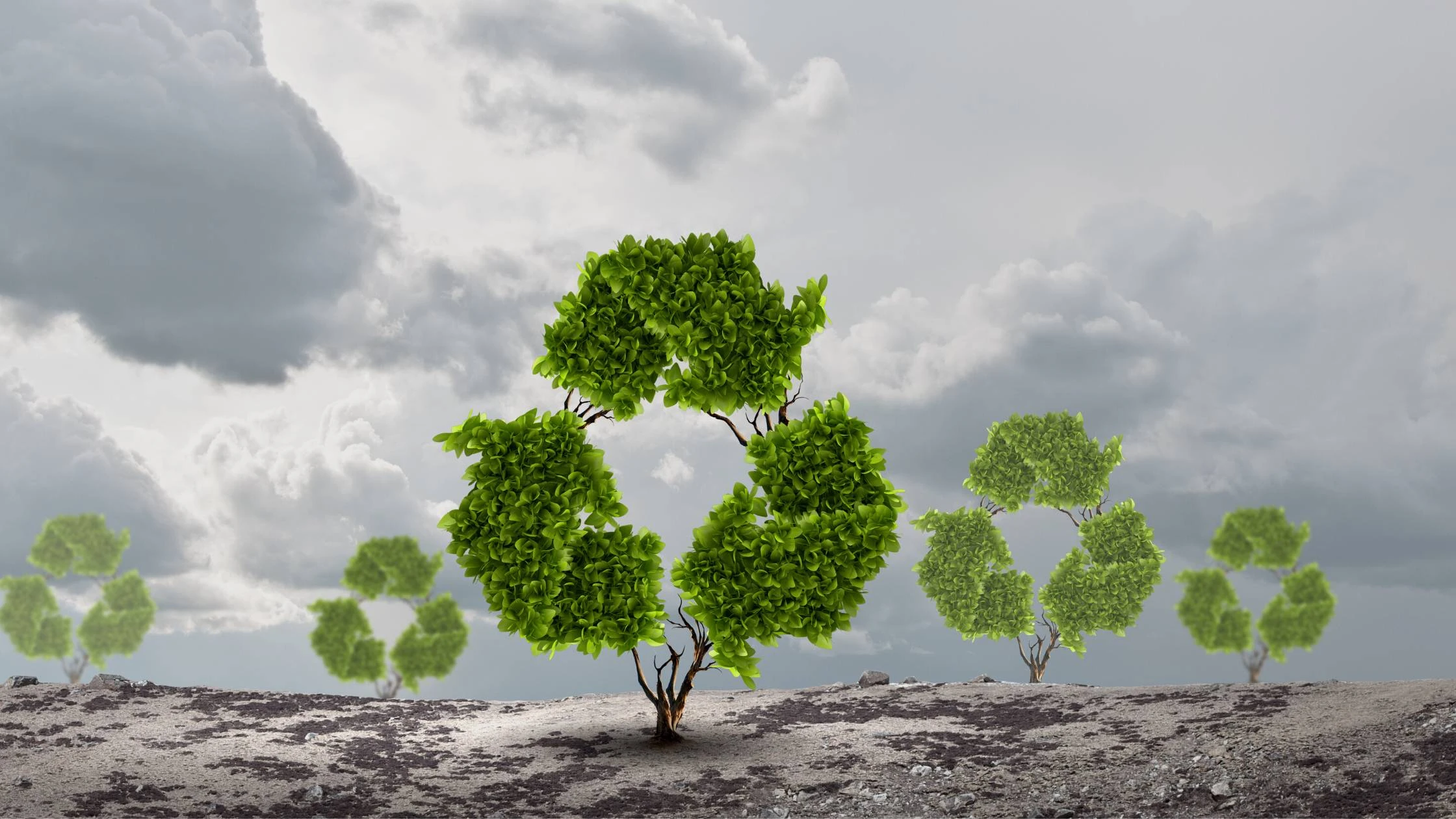
Do you ever stop and think about the amount of waste you produce? From the packaging we throw away to the tools and fabric we discard, our consumption habits have resulted in mountains of rubbish. But what if we told you that there’s no such thing as waste in a circular economy?
What is a circular economy?
Humans have created a linear economy that takes, makes, and wastes in a world where the natural system is circular. If you know anything about us, you’ll know that we’re passionate about protecting the environment and we feel very strongly about these issues. The idea behind a circular economy is simple: it’s a system where everything is kept in constant flow and use, regenerating the overall system. But how does it work? And is it possible to get that back?
How does it work?
The circular economy provides a framework for understanding that the end product from one manufacturing process can be used as the starting point in another and that all materials can be kept in constant flow and use, ideally regenerating the overall system. This means that waste is not seen as something to be disposed of, but rather as a resource that can be used again and again.
Circle of life, literally
Let’s take an example from nature. In the natural world, when animals eat food, the food is processed into dung, which then enters the soil and enriches it, supporting the growth of more food, which is then eaten, digested, and released in a circular flow of nutrients. This is the kind of system that we need to emulate in our production processes.
Take Black Soldier Fly Farming for example. By breeding the larvae, farmers can convert organic waste into valuable products such as protein and fat. The larvae are raised in a controlled environment and are fed a diet of organic waste, including food scraps, manure, and other organic matter. After they’ve grown and matured, the larvae are harvested and processed into a high-quality protein product. This protein can be used as a feed ingredient for livestock, fish, and even humans.
Since humans use either biological/organic materials, for example, fibres, food, and wood, or technical/inorganic materials, for example, metal ore and minerals, in all their manufacturing processes, at the end what is left is either organic matter that can be redirected or technical “nutrients,” raw materials that can be diverted and repurposed. Therefore, in theory, there need not be any waste created by our processes, just like there is none created during the processes in nature.
Do it for the planet, for goodness sake
Keeping materials in constant flow within the system is important for several reasons. The earth has a limited amount of raw materials, and we’re rapidly reaching the outermost limits of those resources. We need to get a lot smarter about how we use raw resources. Circular economy says that we need to work out how to extract materials from items that have already been produced and minimise our use of virgin materials. It also teaches us that we need to adapt to using waste as a resource.
The good old days
Recycling milk bottles can be considered an example of the circular economy because it involves the collection and processing of used materials (in this case, glass milk bottles) and their transformation into new products.
In a circular economy, materials are kept in use for as long as possible, and waste is minimised. The recycling of milk bottles fits within this concept because it allows the glass to be used again, reducing the need for new plastic to be produced.
The circular economy is not just about recycling, but also about reducing waste and designing products to be reused or repurposed. So, in addition to recycling, efforts can be made to reduce the amount of plastic used in milk bottles or to design them in a way that makes them easier to recycle or repurpose. Overall, recycling milk bottles can be seen as a step towards a more circular economy. But what else can be done?
Applying it to business
Based on circular economy principles, businesses take standard business models and adjust them, typically resulting in innovative products or services. A clear benefit is creating value and profit from resource streams that were previously labelled as waste. Adopting the circular economy approach can drive green job creation, especially around material recovery and repurposing.
Food can do it, too
But how can this be implemented in the food industry? The food industry is a major contributor to waste, from packaging to out of date or uneaten food. However, some simple examples exist of how the circular economy can work in this industry.
One example is anaerobic digestion. Anaerobic digestion is the breakdown of organic matter in the absence of oxygen by micro-organisms called methanogens. Anaerobic digestion turns organic materials into biogas which is a highly versatile renewable fuel. It can be used to power vehicles, generate heat and power, and be fed into the national electricity and gas grids to fuel homes and business premises.
The circular economy is about creating production systems where waste is fully incorporated and cycled back, avoiding waste and actually designing systems and processes with no waste at all. This model could be hugely beneficial to us because we urgently need to reduce our dependence on raw materials. If we don’t want to run out, then materials need to be reused, repurposed, or recycled in order to regenerate the entire system. So next time you throw something away, remember that there’s no such thing as waste in a circular economy.
Ready to start being an Earth saviour?
Contact us today.


